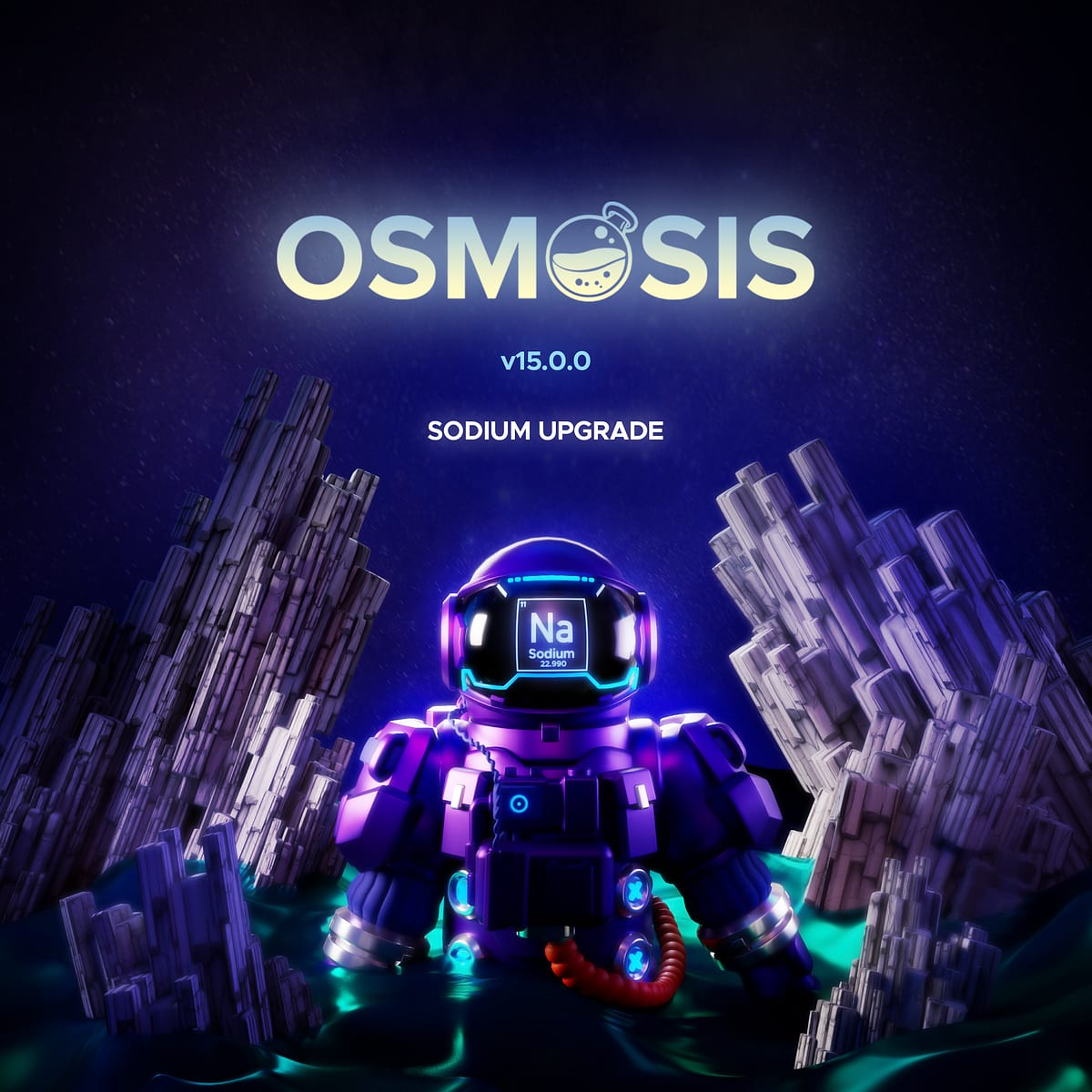Sodium Upgrade Free Play
This analysis covers Osmosis' latest upgrade, Sodium, implemented on Thursday, March 16th at 16:00 UTC at block height 8732500.
The standout feature of this upgrade is the Protocol Revenue Module, also known as ProtoRev, which Skip Protocol developed.
I went through Sodium Upgrade and analyzed some of the feature of new Osmosis Upgrade:
- Revenue
- Swap Activities
- Fees
- Staking and Validators
The Osmosis chain has received new features through the Sodium Upgrade.
1. Osmosis ProtoRev Module
Developed by the Skip Protocol team, the ProtoRev module is the highlight of the Sodium Upgrade. Osmosis governance approved it in Proposal 341. This module captures the Maximal Extractable Value (MEV) on-chain and converts it to revenue for the Osmosis chain.
2. Protocol-Level Minimum Gas Price
Previously, Osmosis allowed 0 fees for transactions to make it easier for new users who did not have the OSMO token. However, changes to the transaction fee module and the listing of the OSMO token on Binance make it easier to transact on Osmosis, making the 0 fee option less necessary.
3. Initial IBC Rate Limits
Osmosis Proposal 427 authorized the v15 upgrade to set initial rate limits for some assets. For the most considerable assets by TVL on Osmosis, the initial rate limits are now 30% of TVL in and out over 24 hours and 60% of TVL in and out over 7 days. These assets include ATOM, USDC, WBTC, WETH, EVMOS, STARS, DAI, JUNO, and CRO.
4. Validator-Set Preference Module
The Validator-Set Preference Module makes staking OSMO more user-friendly. With this module, users can stake OSMO to multiple validators in a single transaction, making it easier to diversify their staked OSMO.
To determine the revenue generated by the Protove Module, I first located the receiver address and retrieved the daily balance information from the balance table. Since the address received various tokens, I used the Price table to convert the balance into USD.
To analyze the impact of the Sodium Upgrade mentioned in the article, I used block id 8732500 as the dividing point and categorized the data before and after the upgrade.
I separated the fee amount and currency used for transactions with zero gas fees. Transactions with zero fees were identified, while non-zero fees were classified as such.
I tallied the number of validators for each transaction to analyze validator data. If the result was one, it indicated that users had staked their funds with a single validator. Users distributed their funds among multiple validators if the number was more significant than one.
